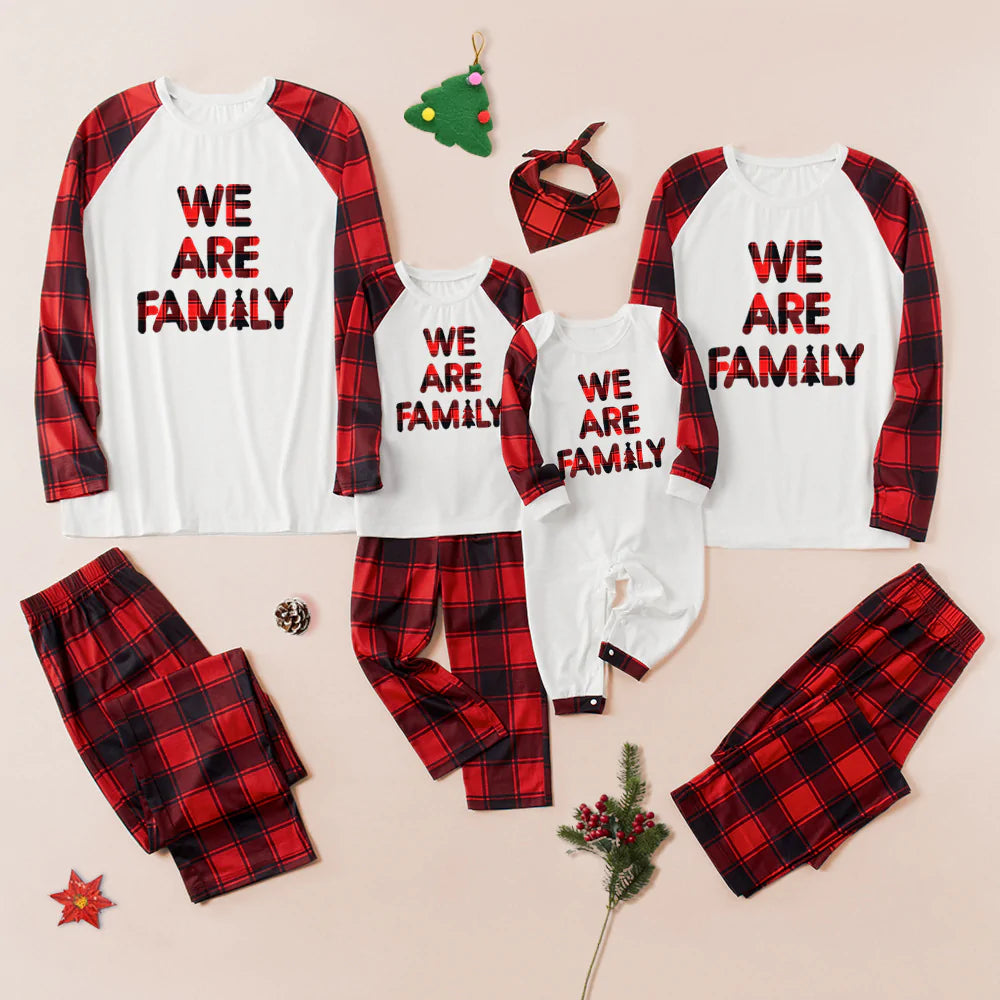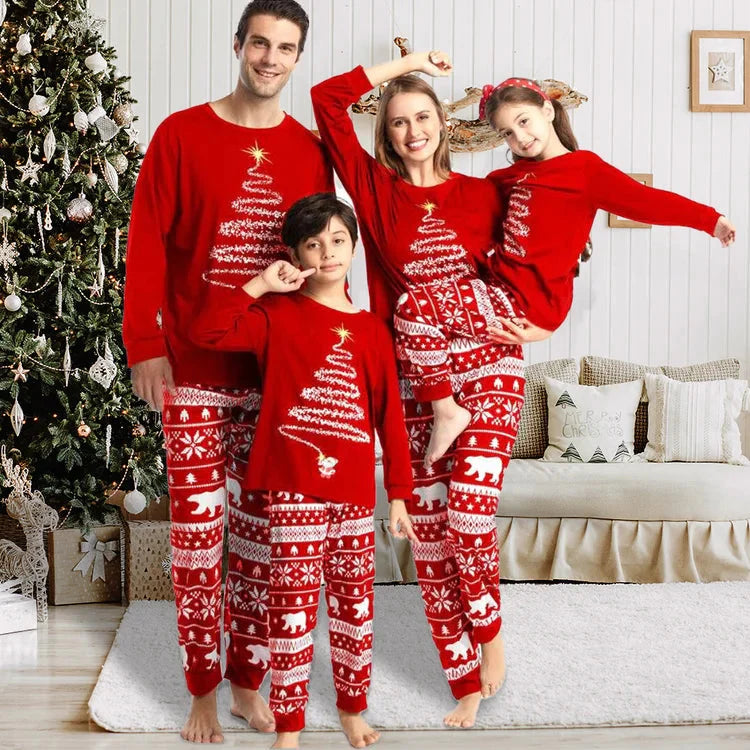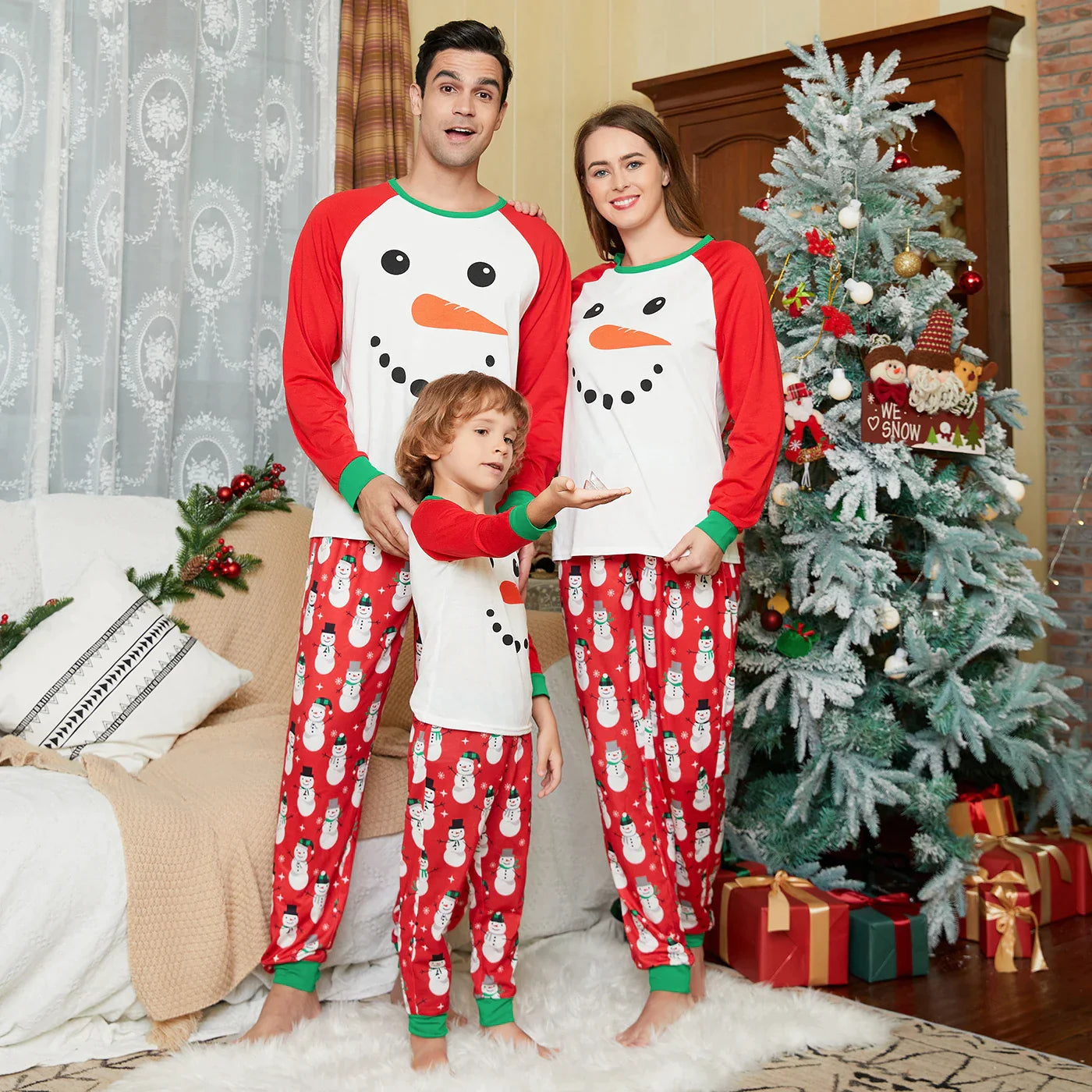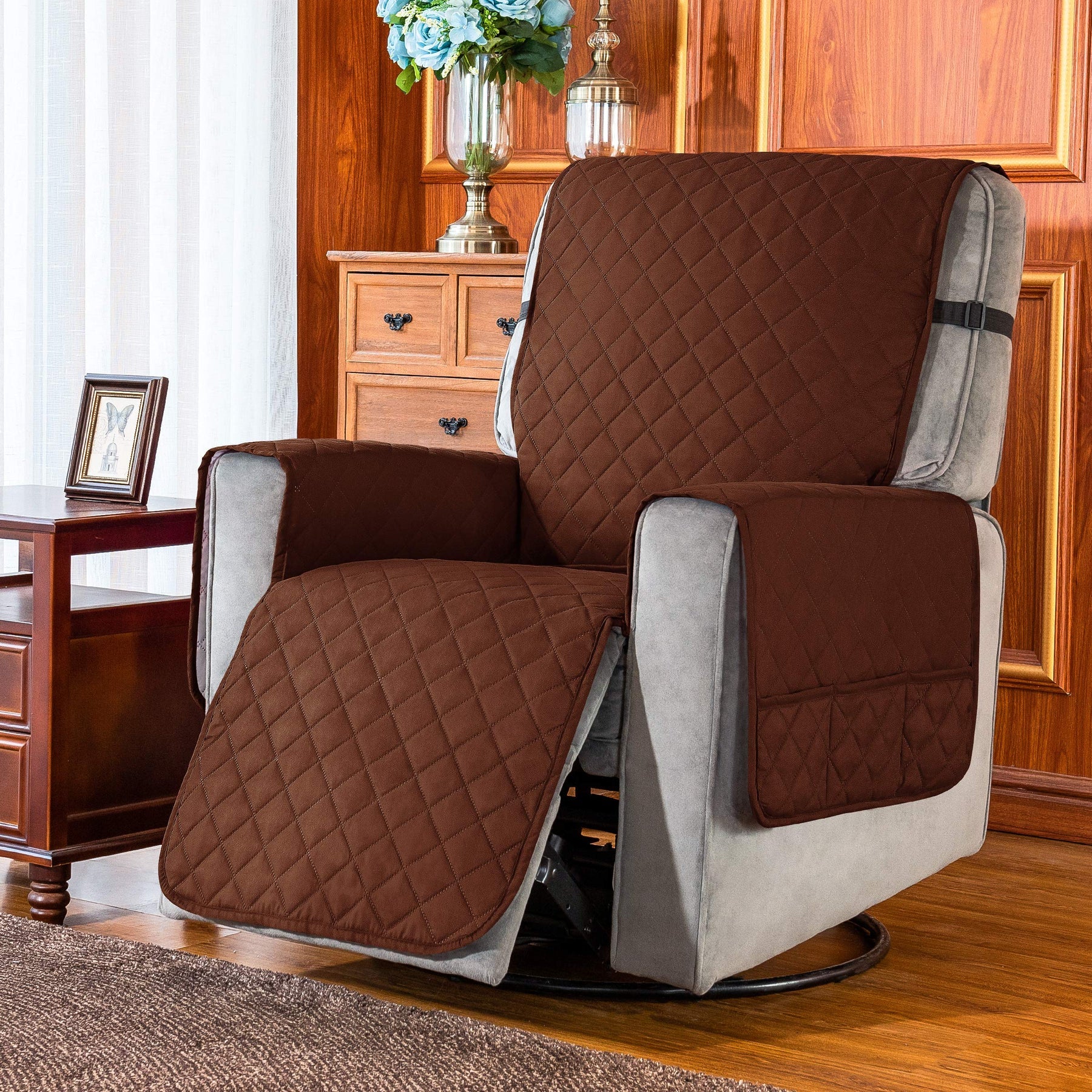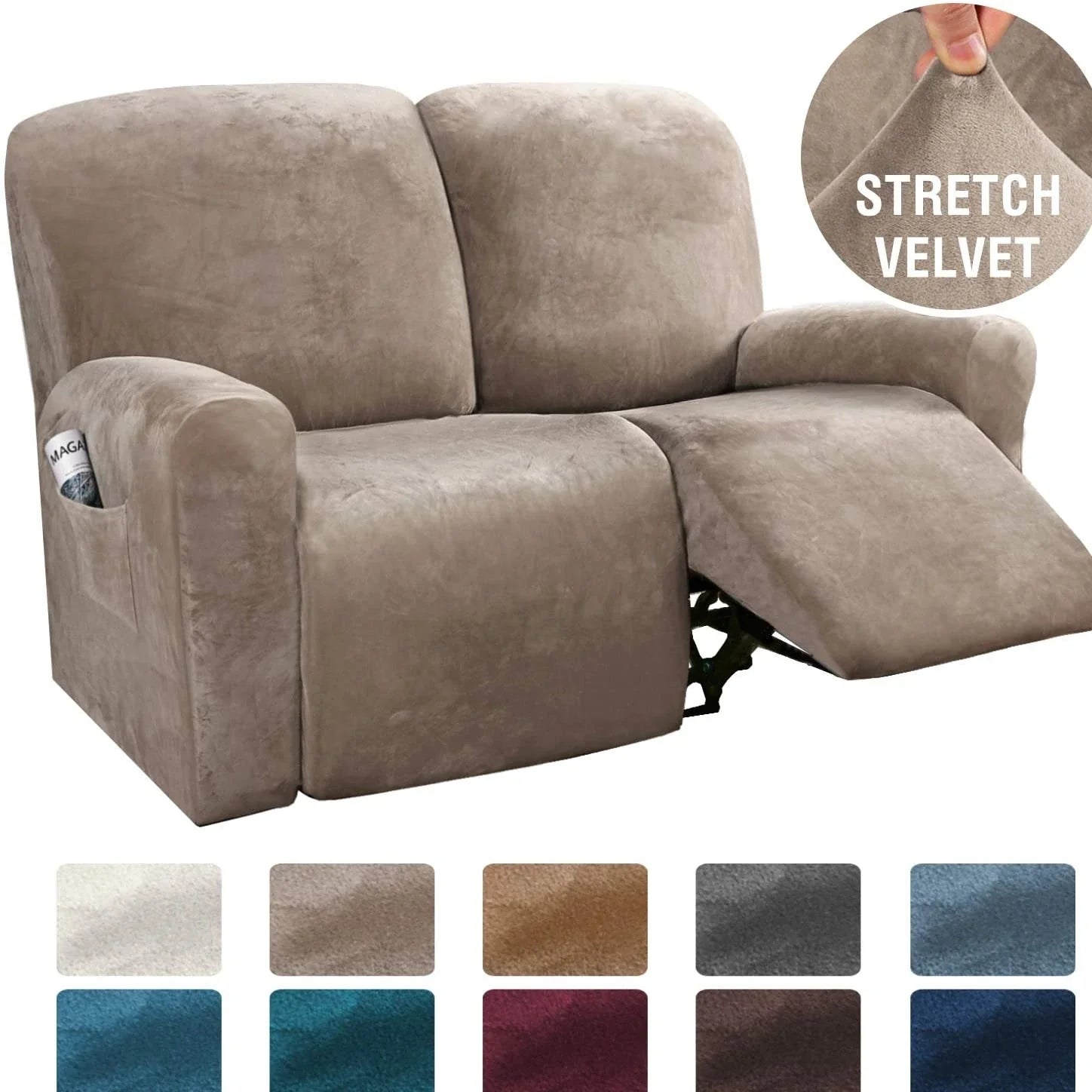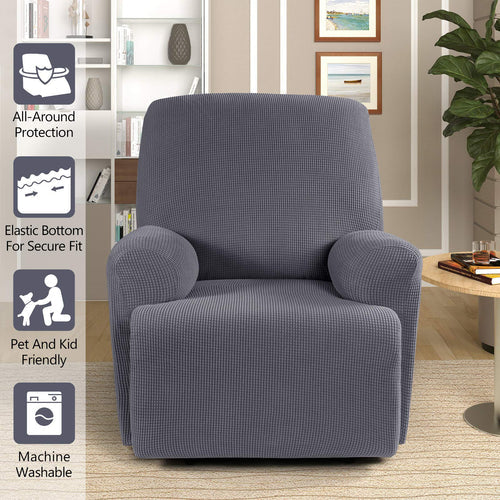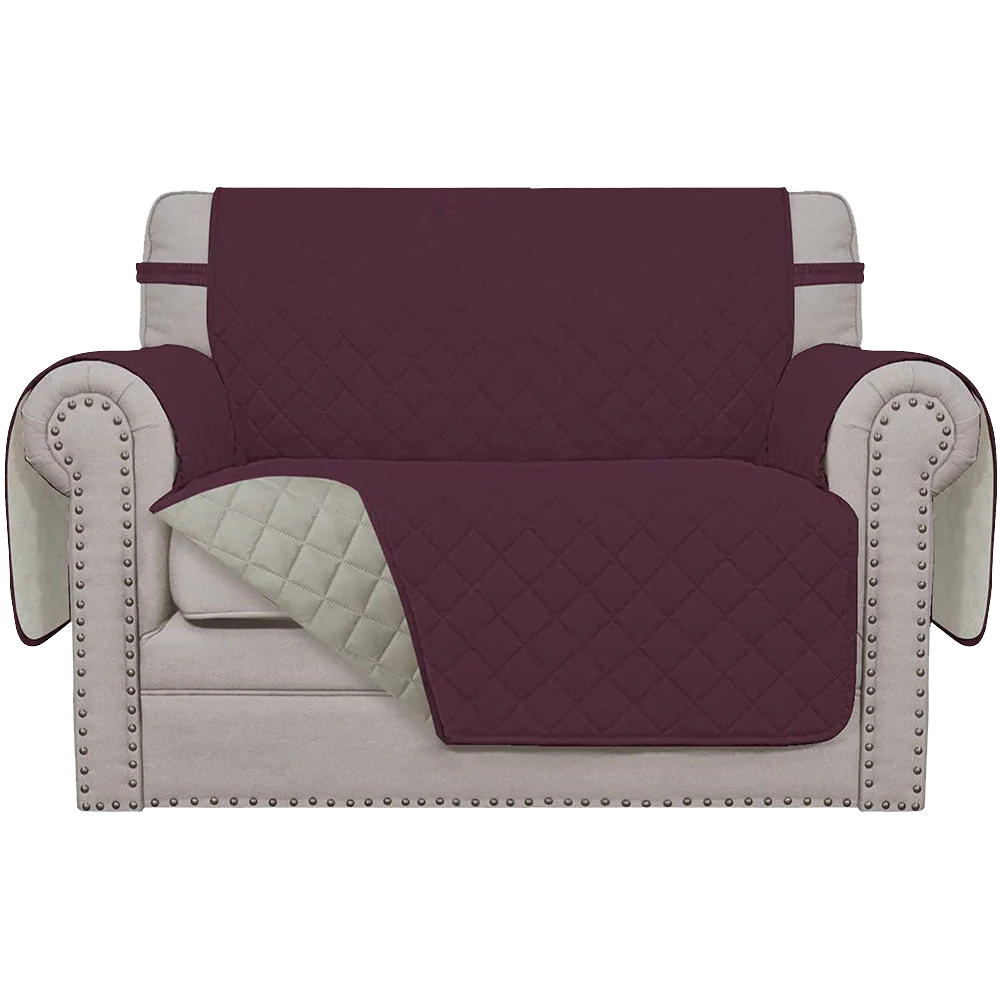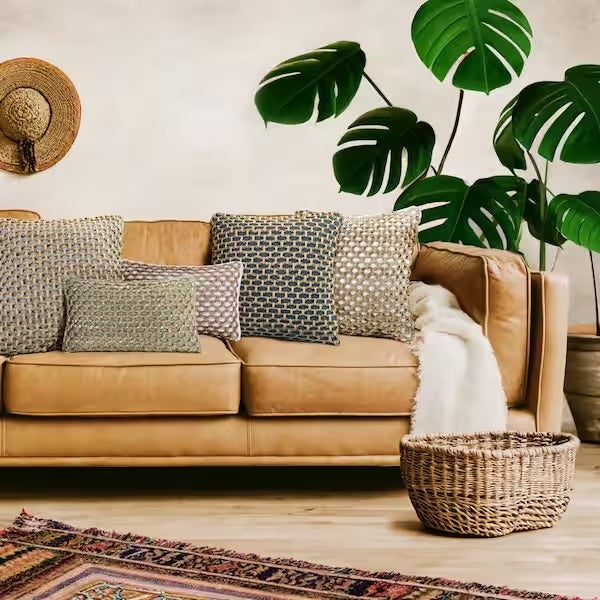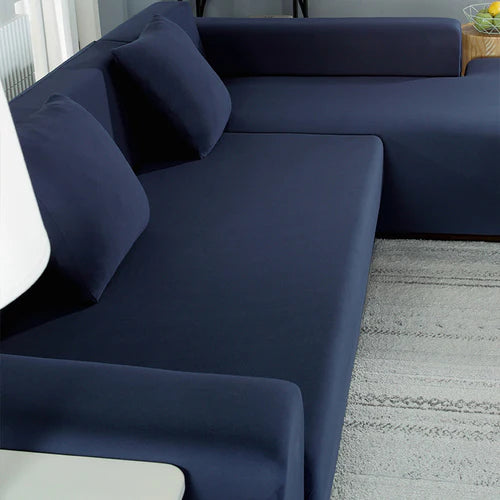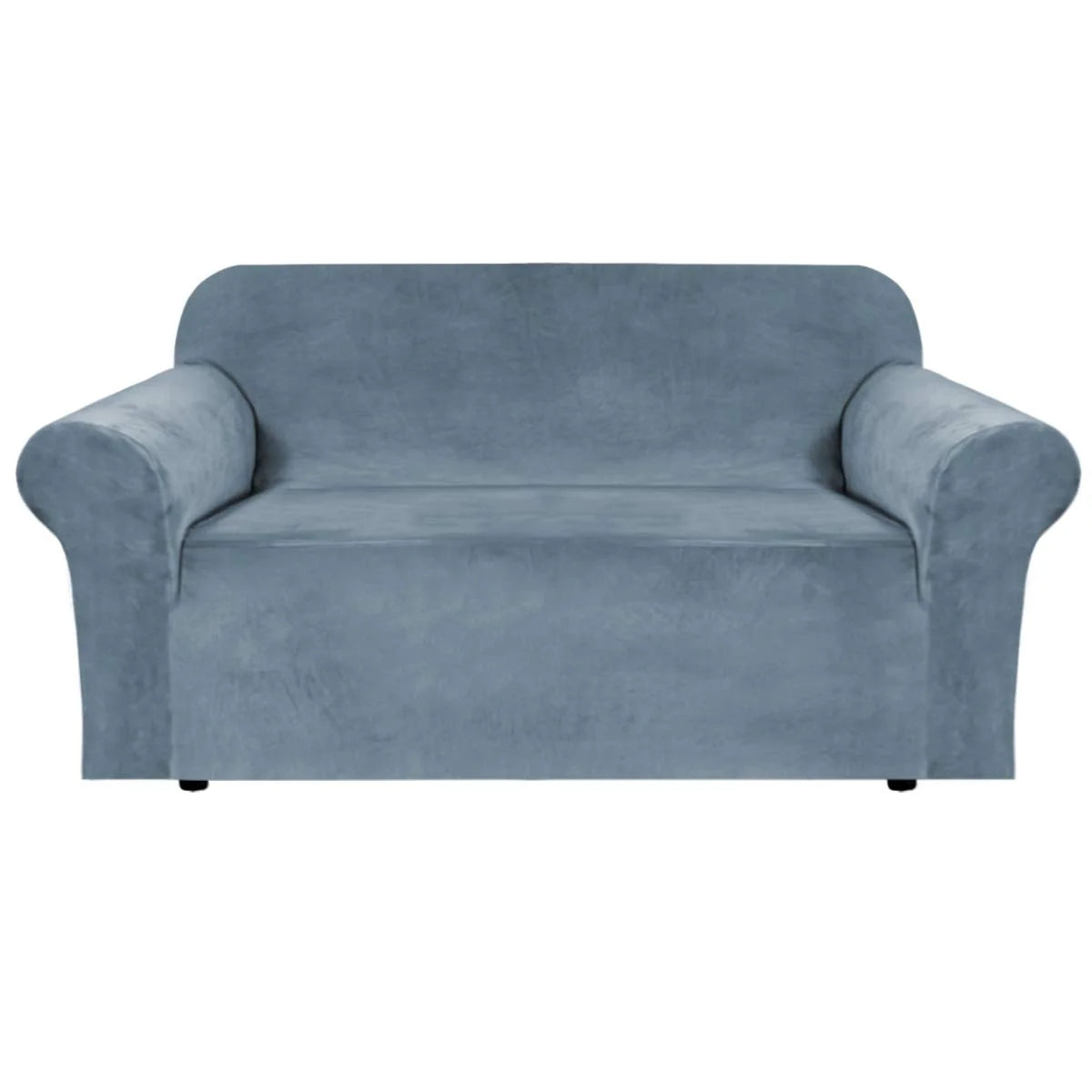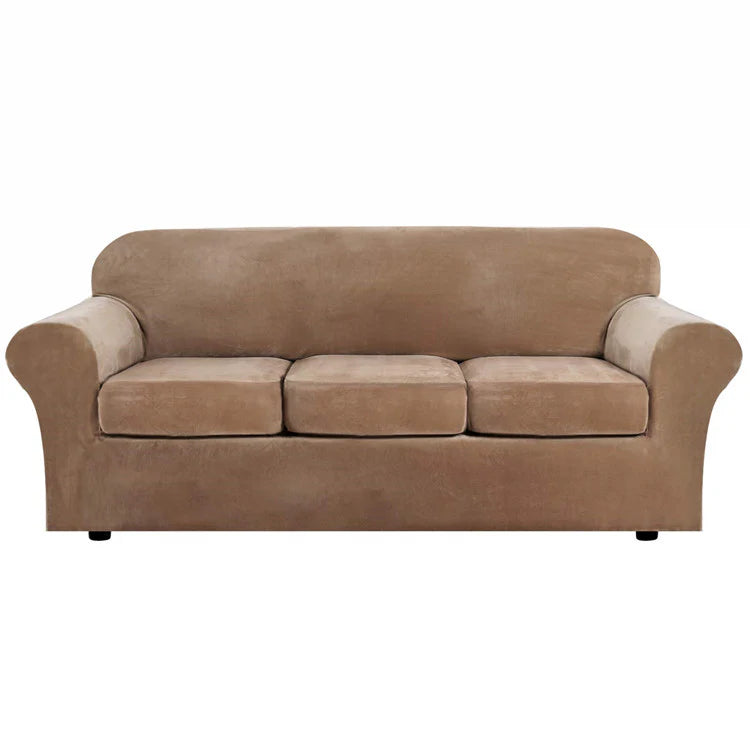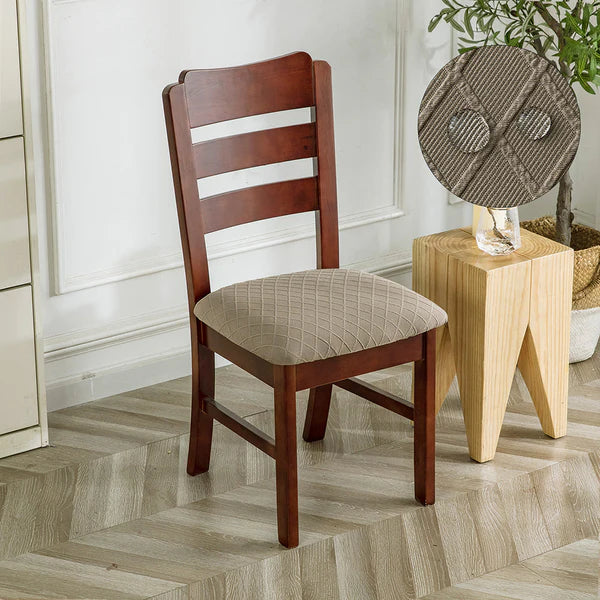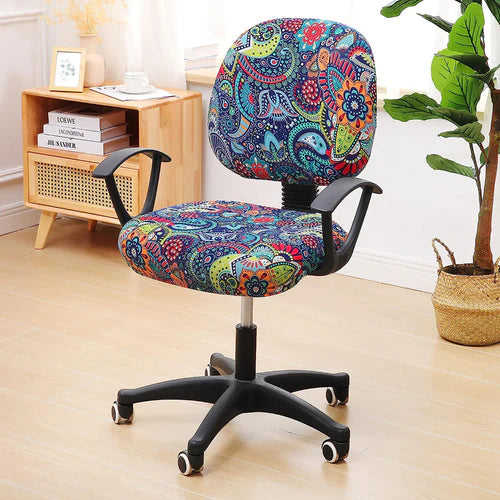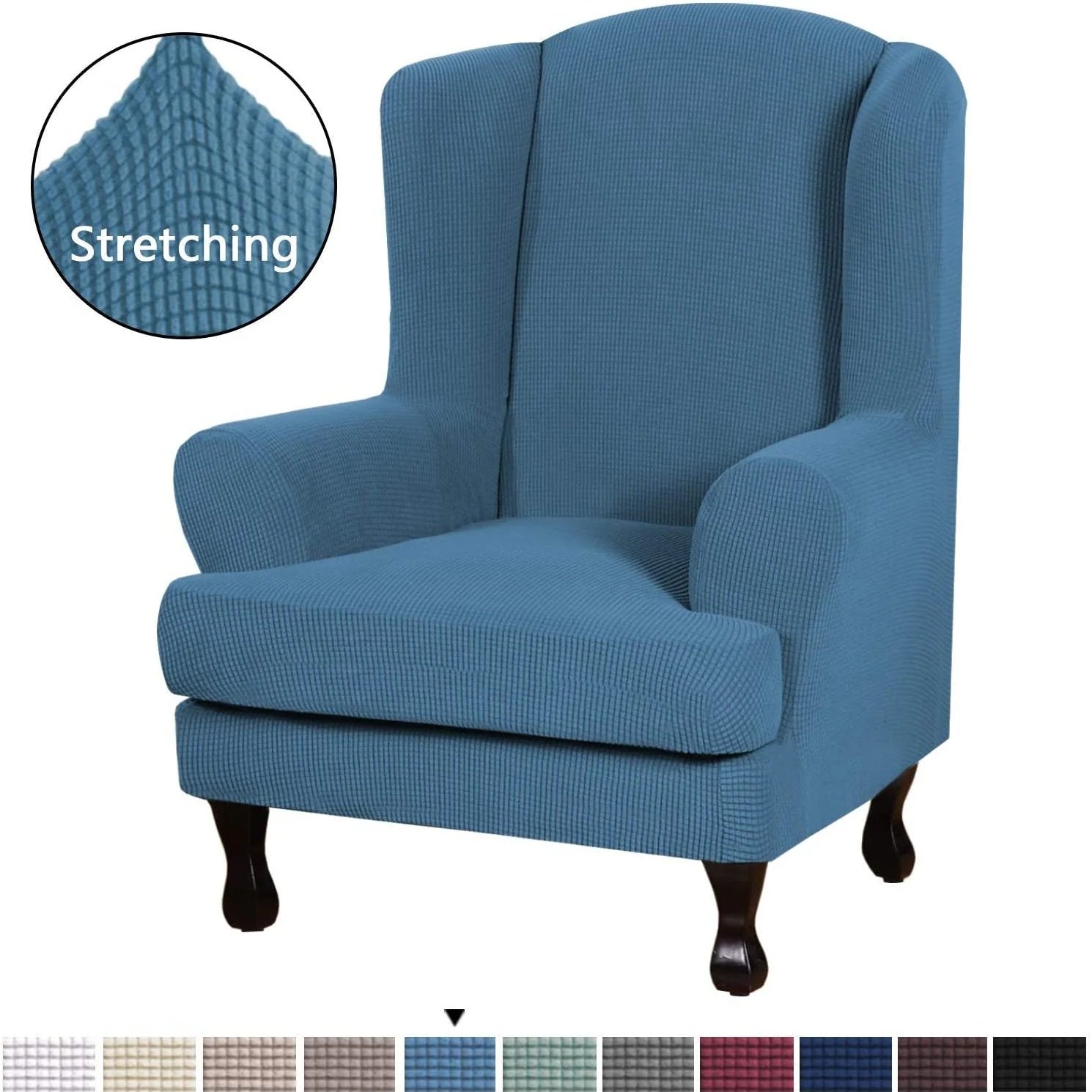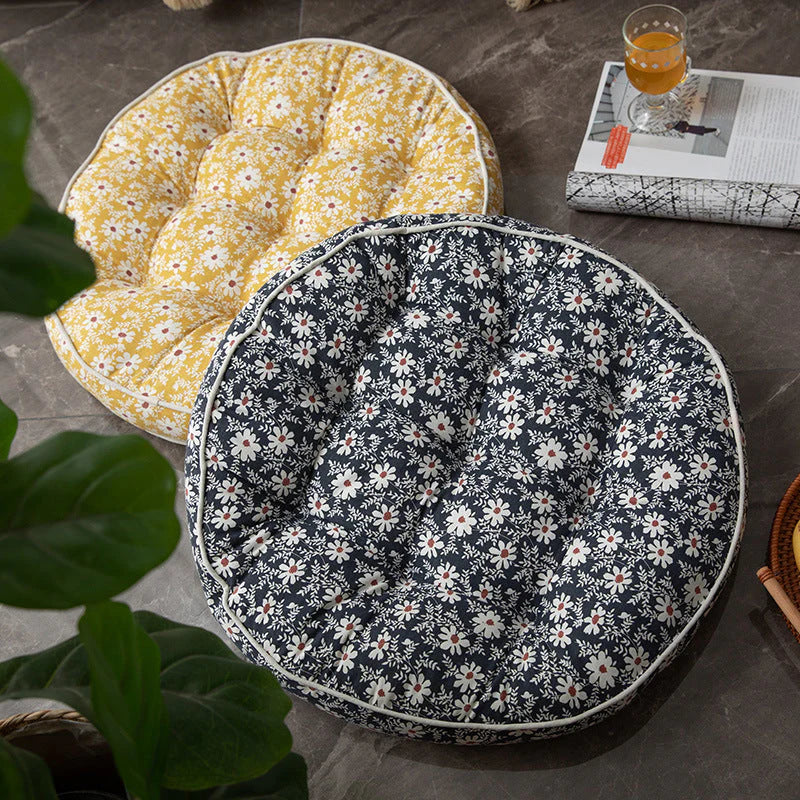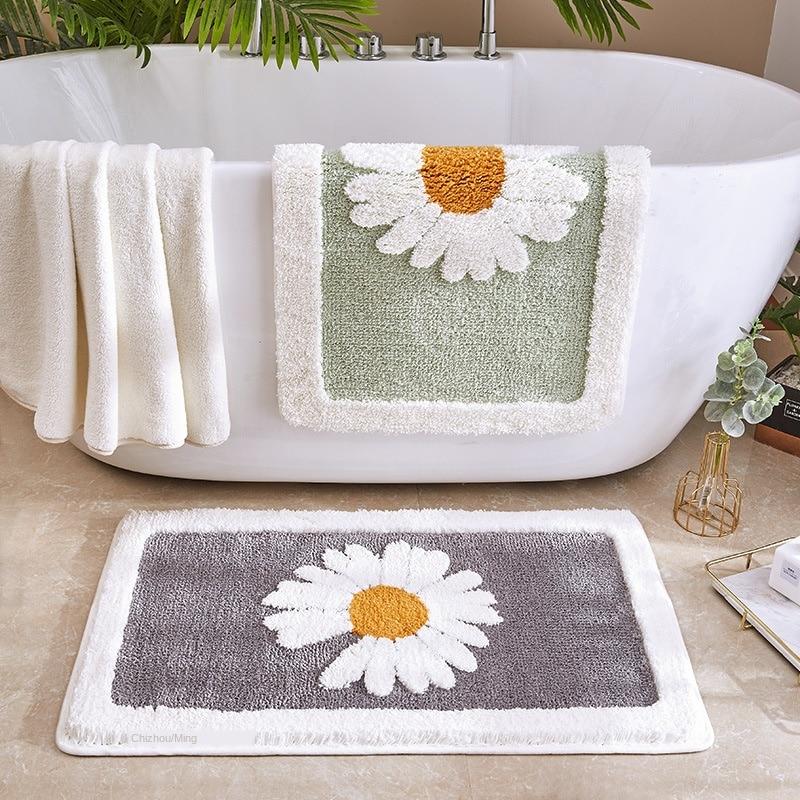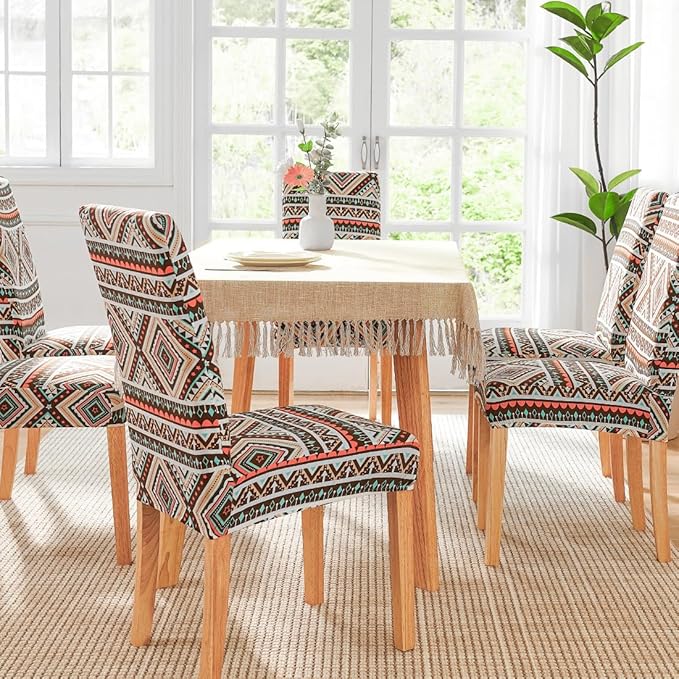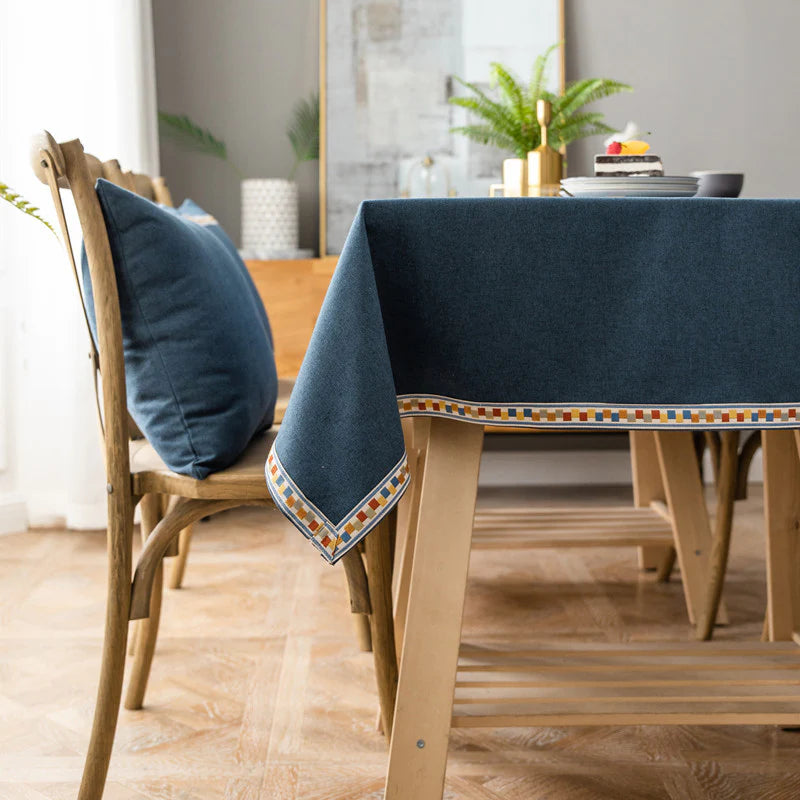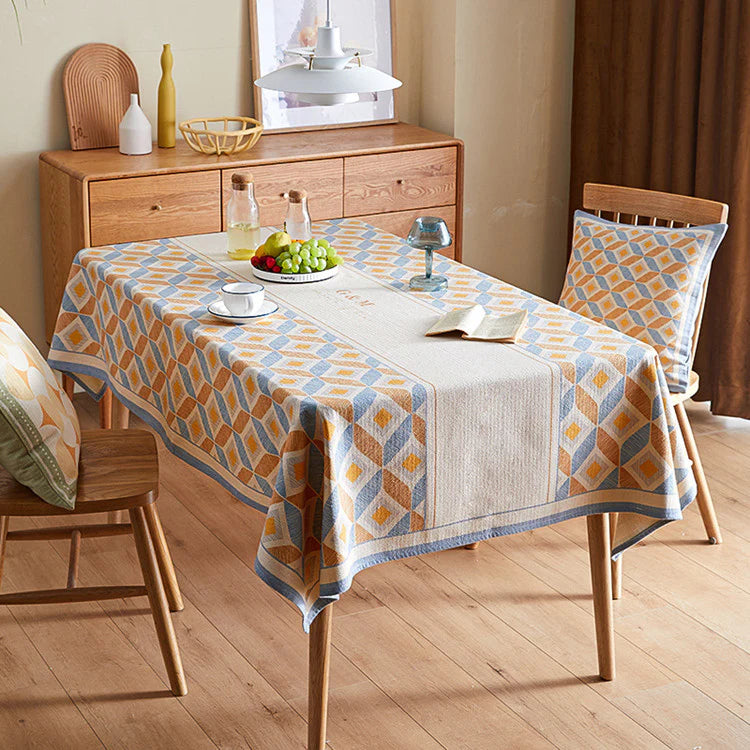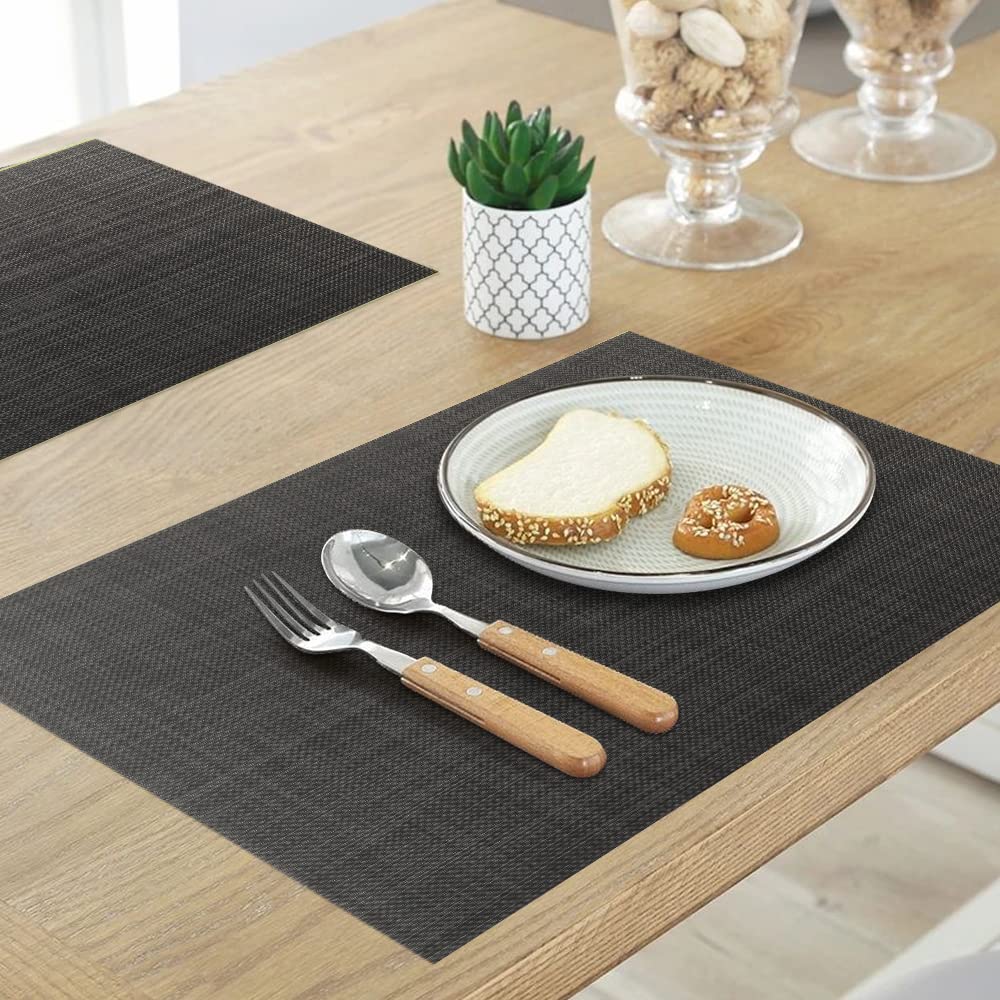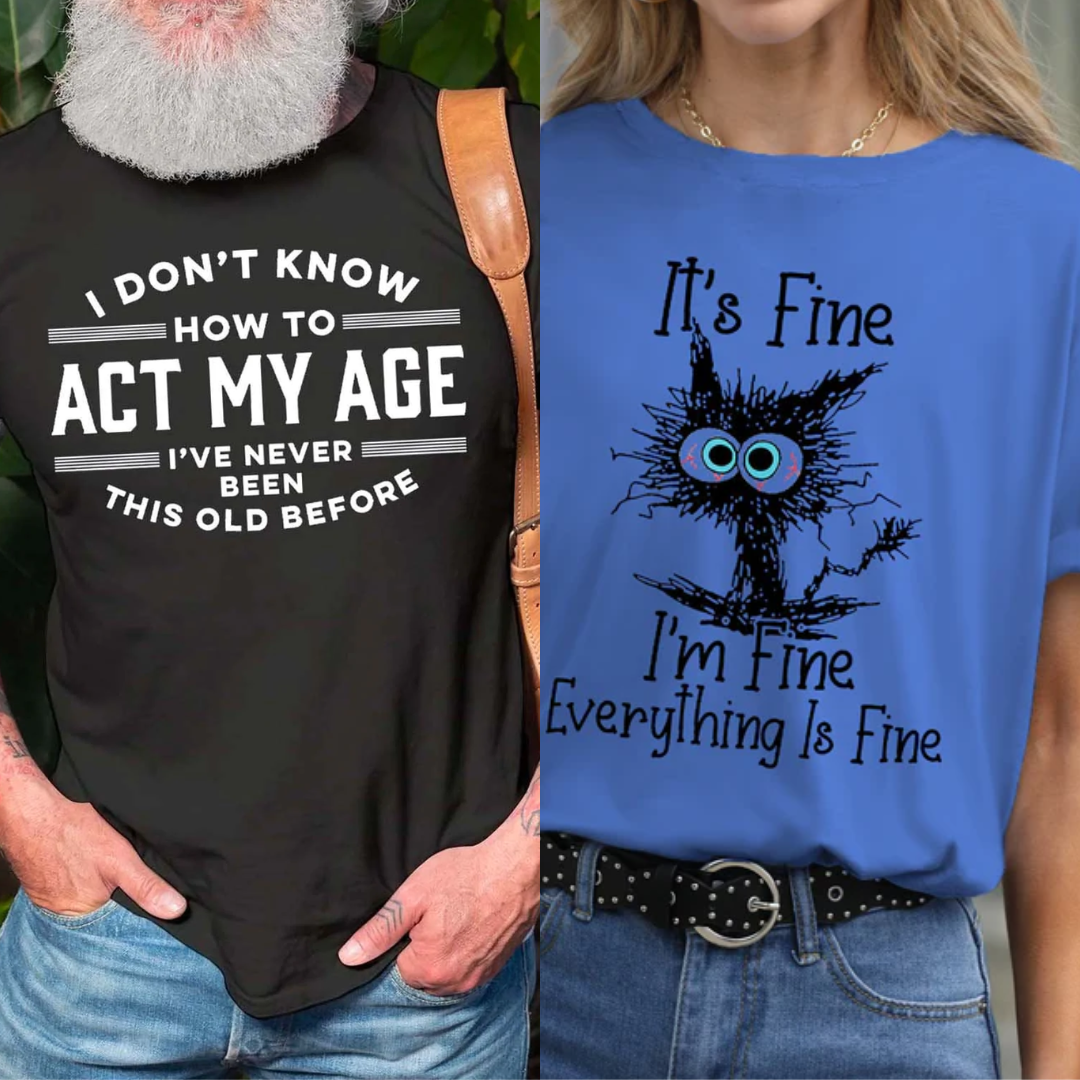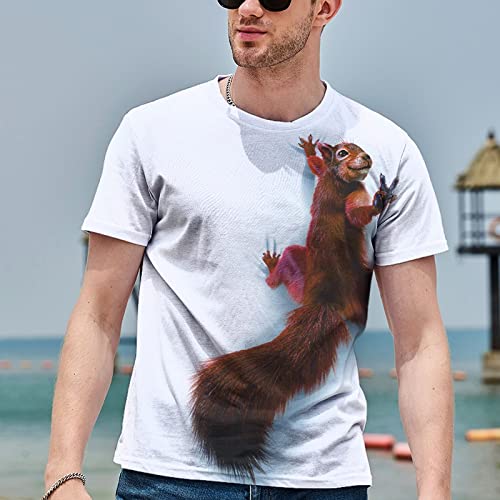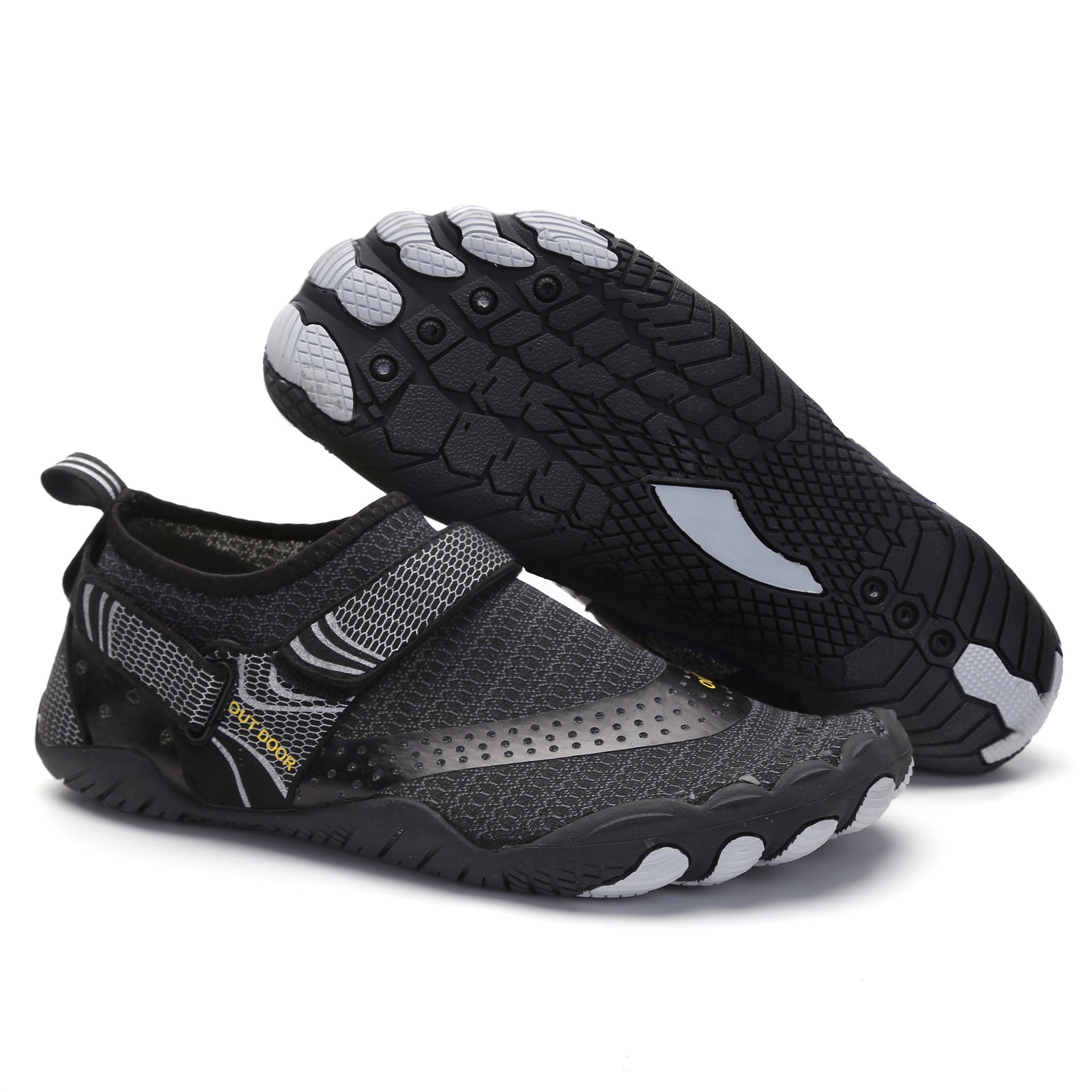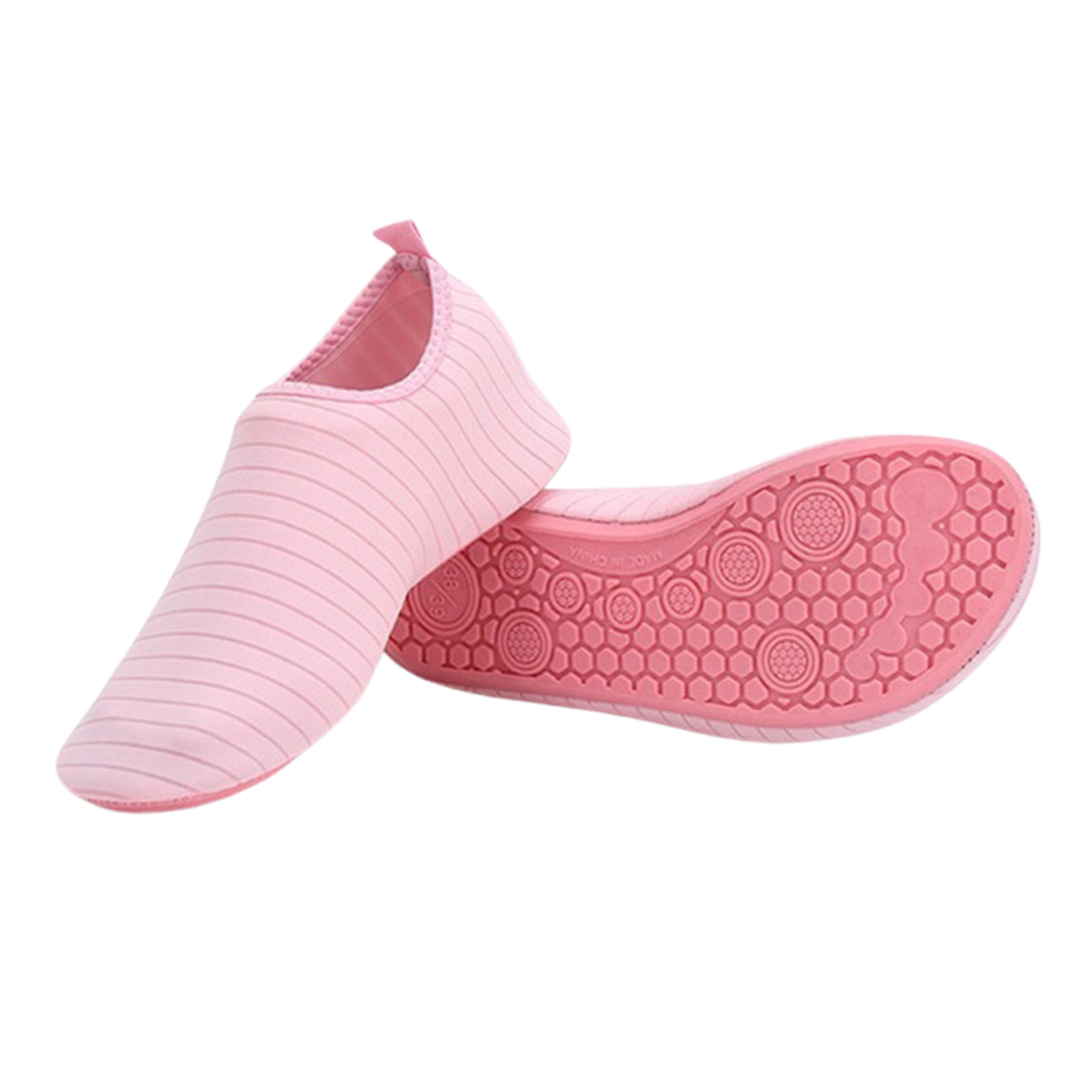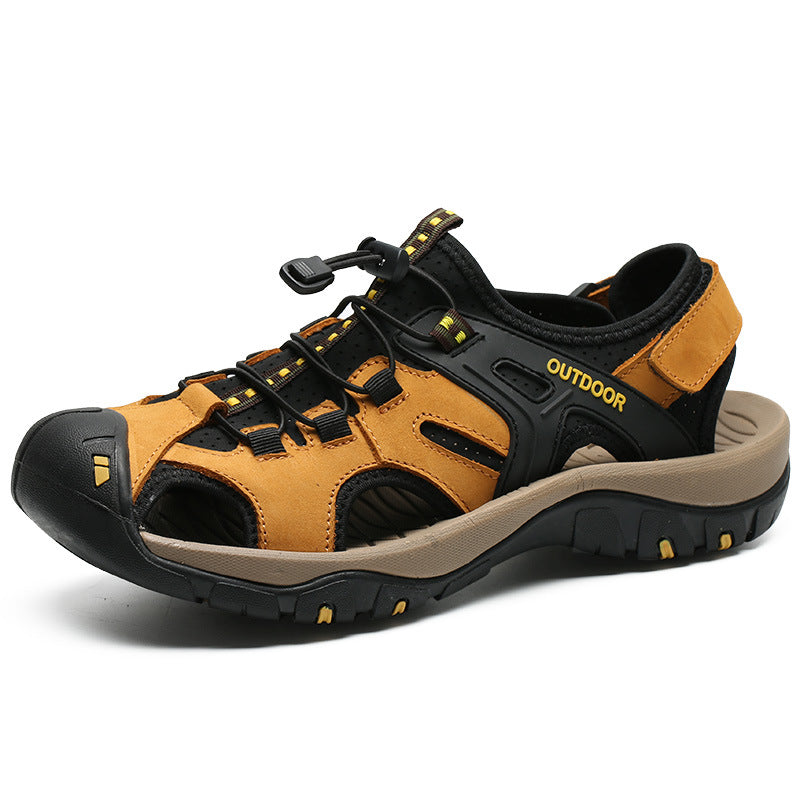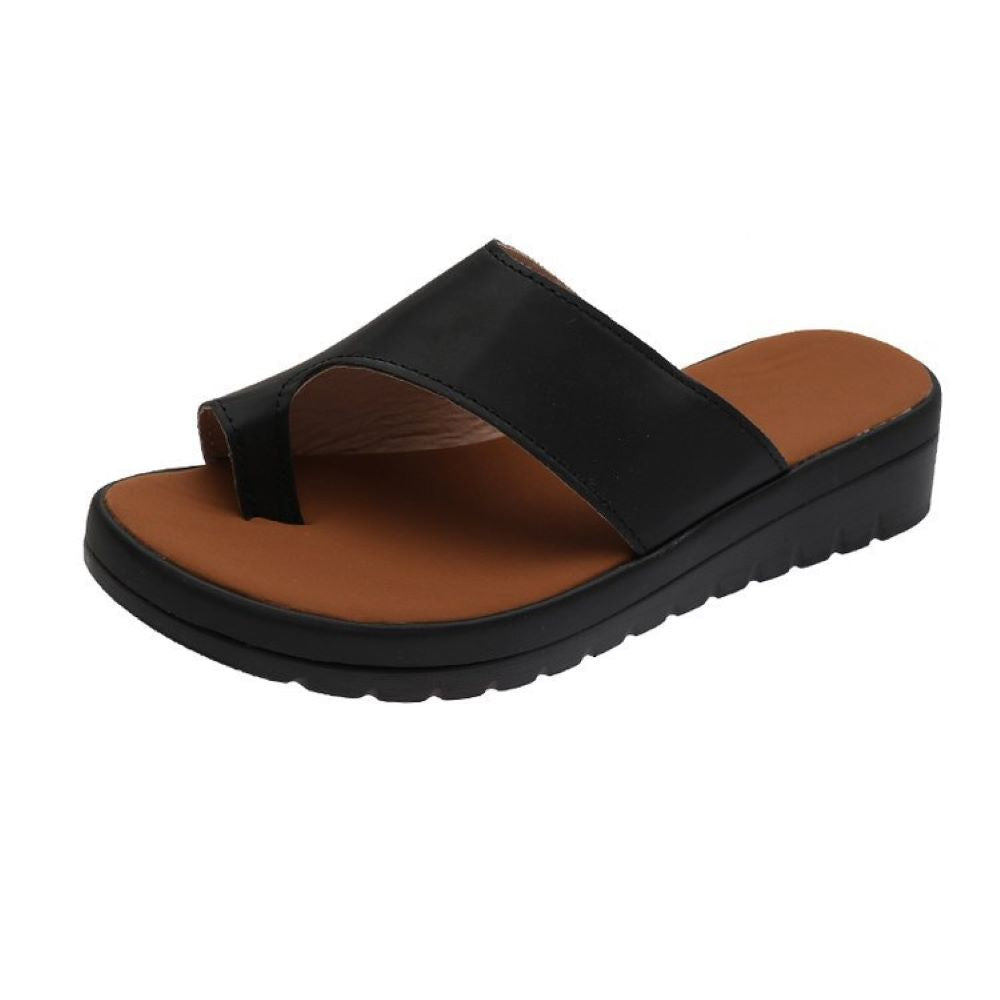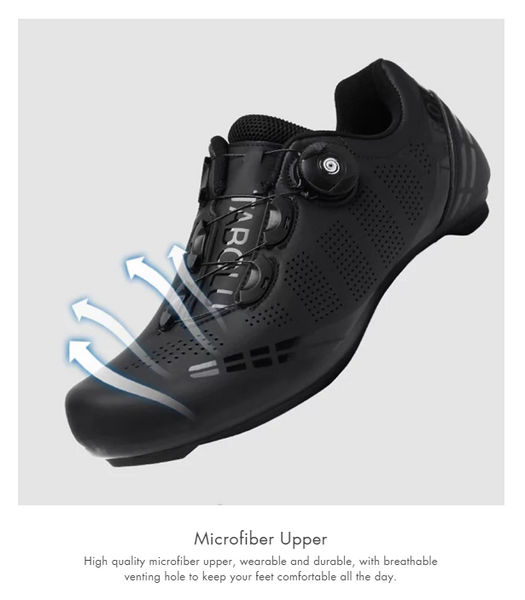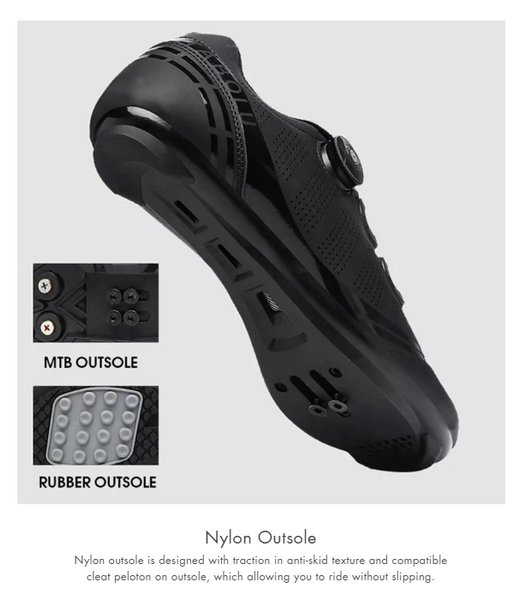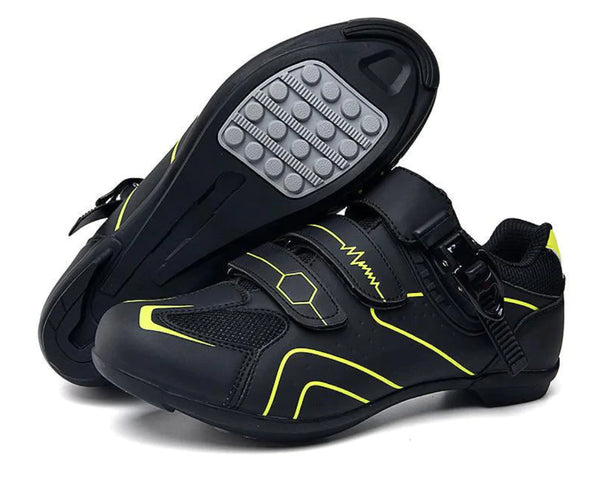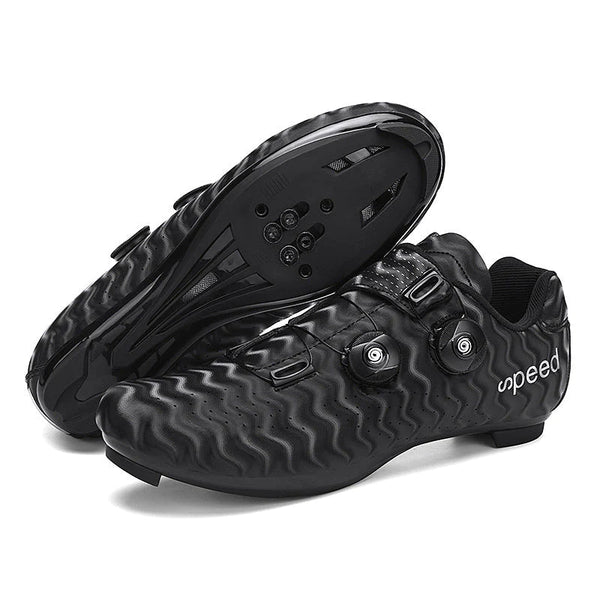Important things to know About Cycling Shoes
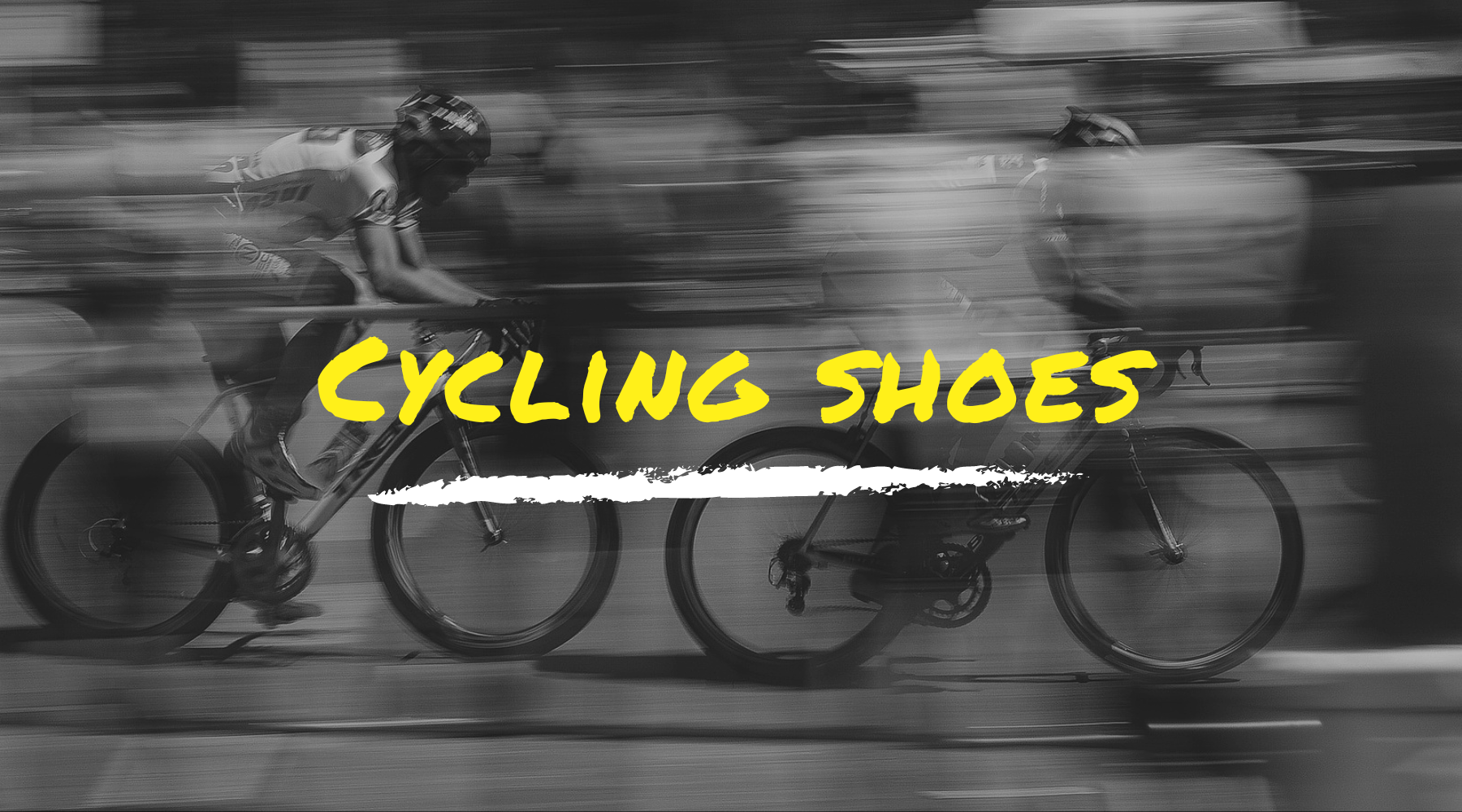
A small improvement in comfort, whether it’s in what they wear or the saddle they use, can make for significant improvements in the cycling experience. That’s why serious cyclists know that they can’t just slap any pair of sneakers on and hit the road. They need a good pair of cycling shoes and they need to know how to maximize their shoe comfort to have the best possible ride.
How Tight Should Your Cycling Shoes Be?
- After shoe construction, this is your next important question. Even with the right shoe, improper tightening can cause problems. Tightening of the shoes is part of personal taste and part of pedal efficiency.
- It means that there’s a degree to which you can choose your cycling shoe tightness based on your own personal preferences. That’s especially true for the traditional style of shoes, which have three straps for adjustments. The two lower straps are really up to you in terms of how tight you want them. That top one, though, needs to be tight enough to ensure your foot doesn’t move up and down inside the shoe when you pedal.
Take Care of Your Shoes Buddy
- Cycling shoes and spikes are one of the many costs that can accumulate for a cyclist. Whenever you've chosen the right pair and figured out how to wear them, deal with them! Cleaning cycling shoes expands the life span of your shoes.
Try not to thoughtlessly forget about them to get wet, and don't abandon them after a ride.
- When you do get a new pair of cycling shoes, don’t throw the old ones out, either. You never know when a strap might break on a ride or something else may cause a shoe problem for you. Having an old, well & worn backup pair is never a bad idea.
- Everything thing you can manage is guaranteed it won't ever work out. Just after you purchase another set of cycling shoes, fix down your new spikes, as that is the most probable opportunity they'll come free. Try not to depend on the sales rep to get it done with consistently ensure they're secure.
Why Your Cycling Shoes Gets Stuck (And Why It’s a Problem)
Once upon a time, cyclists getting their cleats stuck in pedals was a far more common occurrence. The old “clip-in” pedals had a toe strap that could be challenging to get out of in a pinch. Since then, the newer “clipless” or “click-in” pedals have made it much easier to get your foot in and out—but they’re not perfect. (We have a whole post on those clipless pedals if you want more background.)
“Click-in pedals were supposed to fix the falling problem,” says Coach Darryl. “But if the cleats are not tight enough, it’s a disaster waiting to happen.”
Although several versions of modern clipless pedals are on the market, they all function the same way. Your shoe attaches to the pedal with a cleat, and you detach from the pedal by twisting your shoe away from the bike. That cleat is attached to your shoe by screws, though, and if those screws are loose, you’ll twist and twist but never get your cleat to detach. Loose cleats will only slide under your foot.
Unfortunately, the only time you’re trying to click out of the pedal is when you’re coming to a stop. If you can’t get your foot free, you won’t be able to land at the stop without toppling over.
What are the benefits of cycling shoes?
Cycling shoes secure your feet to the pedal. Road cyclists will find this helpful when riding in wet weather, as regular trainers can easily slip against the pedal. Off-road cyclists will appreciate the added stability and control over rough terrain. Indoor cyclists can focus on maintaining the appropriate speed and cadence without needing to concentrate on the position of their feet. Proponents of cycling shoes (regardless of the discipline) often say that it makes them feel more connected and responsive to the bike.
Another widely reported benefit is that cycling shoes help riders actively pull up on the pedal during the upstroke, although opinion is divided on whether this is actually true. This may work for sprint cyclists surging towards the finish line, but many people argue it's not sustainable for anything but a very brief period.
.
The most effective method to Avoid a Loose Cleat in the First Place
Everything thing you can manage is guaranteed it won't ever work out. Just after you purchase another set of cycling shoes, fix down your new spikes, as that is the most probable opportunity they'll come free. Try not to depend on the sales rep to make it happen consistently and ensure they're secure.
Spikes that are from the very outset will once in a while if at any point, come free. Be that as it may, it doesn't damage to really take a look at it occasionally to prepare sure you're for the following ride. What's more, remember to work on clicking out on the two sides.
Why is sole firmness so significant while looking for open-to cycling shoes? The more unbending the underside is, the more uniformly it will circulate strain across your foot while you pedal. This forestalls issue pressure and focuses on creating
You will be more comfortable and are likely to have a smoother pedal stroke if your cycling shoes match the shape of your foot.
-
Posted in
Cycling Shoes, Shoes
